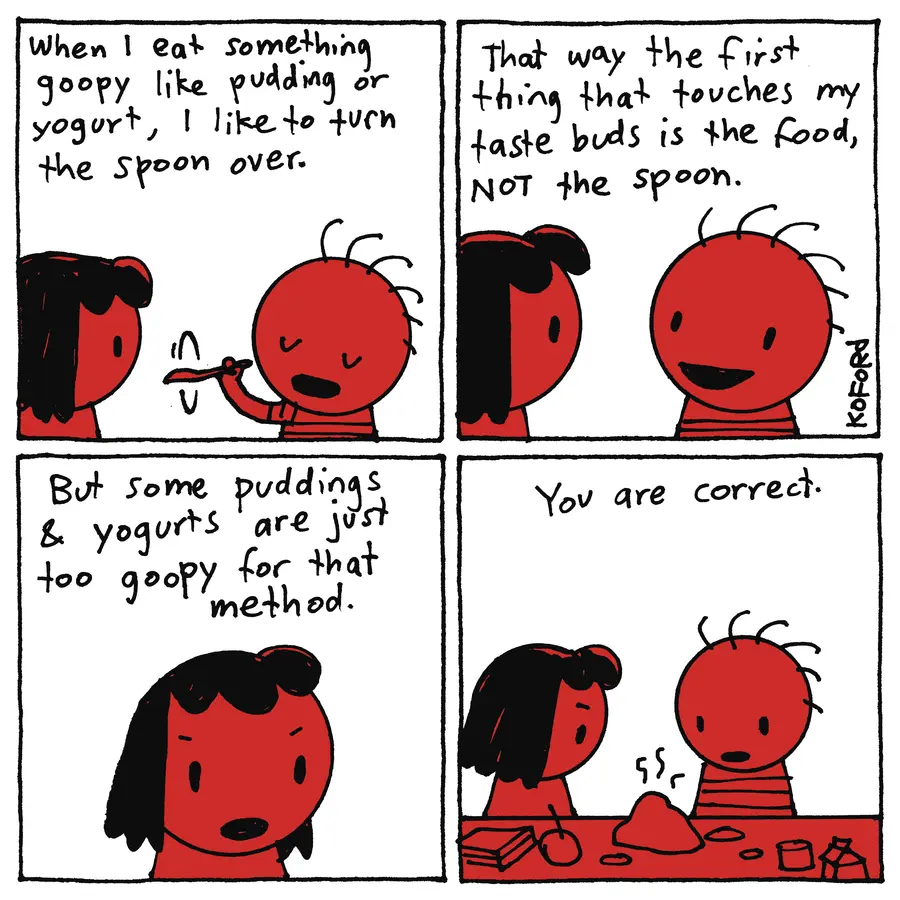this post was submitted on 17 Sep 2024
139 points (91.6% liked)
Comic Strips
12464 readers
4107 users here now
Comic Strips is a community for those who love comic stories.
The rules are simple:
- The post can be a single image, an image gallery, or a link to a specific comic hosted on another site (the author's website, for instance).
- The comic must be a complete story.
- If it is an external link, it must be to a specific story, not to the root of the site.
- You may post comics from others or your own.
- If you are posting a comic of your own, a maximum of one per week is allowed (I know, your comics are great, but this rule helps avoid spam).
- The comic can be in any language, but if it's not in English, OP must include an English translation in the post's 'body' field (note: you don't need to select a specific language when posting a comic).
- Politeness.
- Adult content is not allowed. This community aims to be fun for people of all ages.
Web of links
- [email protected]: "I use Arch btw"
- [email protected]: memes (you don't say!)
founded 1 year ago
MODERATORS
you are viewing a single comment's thread
view the rest of the comments
view the rest of the comments

Except a lot of the taste comes from receptors in the nose. They get the most info with the food on the top. The tongue has only very basic information about the food and is there to determine if we should spit it out because it is poison or get as much as we can because it is high caloric stuff.
Fun fact, the way the tongue works is very different from how many people think. Each little taste bud can detect one or two aspects depending on its specialization. They can detect sweet, savoriness (umami) , bitter and sour. Salt is detected in a different way. Sweet and umami are detected by the same bud, where bitter and sour each have their own specialized buds. Most of the little pink buds on the tongue aren't taste buds, but there are still a lot of taste buds all over the tongue.
With the taste buds the brain takes a "picture" of the food. It receives a signal from each taste bud in regards to the level of taste they receive. The brain learns to interpret these pictures in what the food tastes like, supplemented by the nose and the salt levels. Since each tongue is different and each brain is different, tastes are very personal and can be different for different people. Tastes evolve over time, so it can even differ for the same person as they get older.
When first drinking something like coffee or beer, the brain gets very confused. These are complex tastes and the brain has a hard time of figuring out what it's tasting. Since it can be very bitter with coffee for example, the brain thinks it might be poisonous, so revulsion is often a first response. However when sticking with it the brain learns to make sense of the jumble and might like the complexity. These are so called acquired tastes.